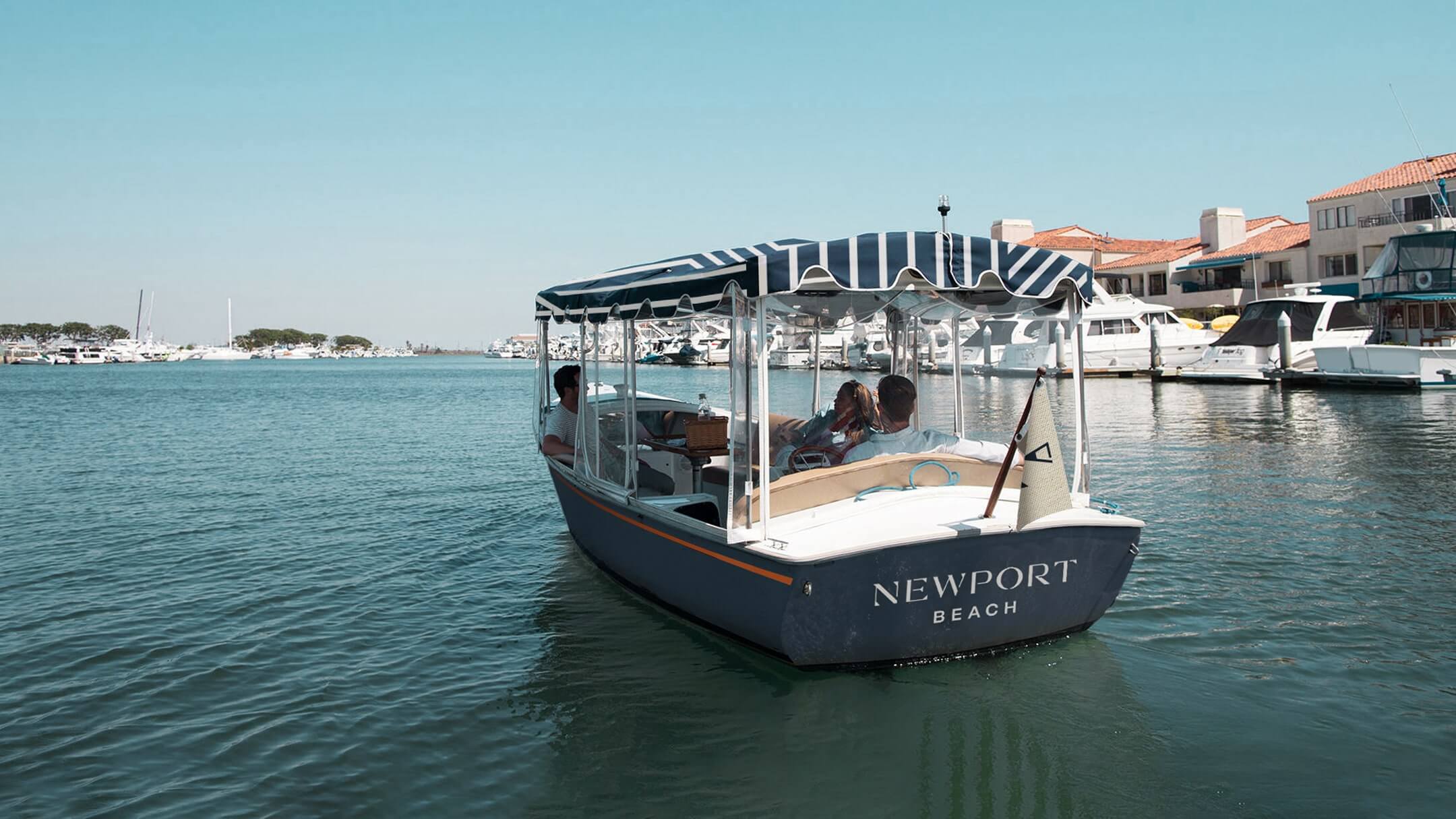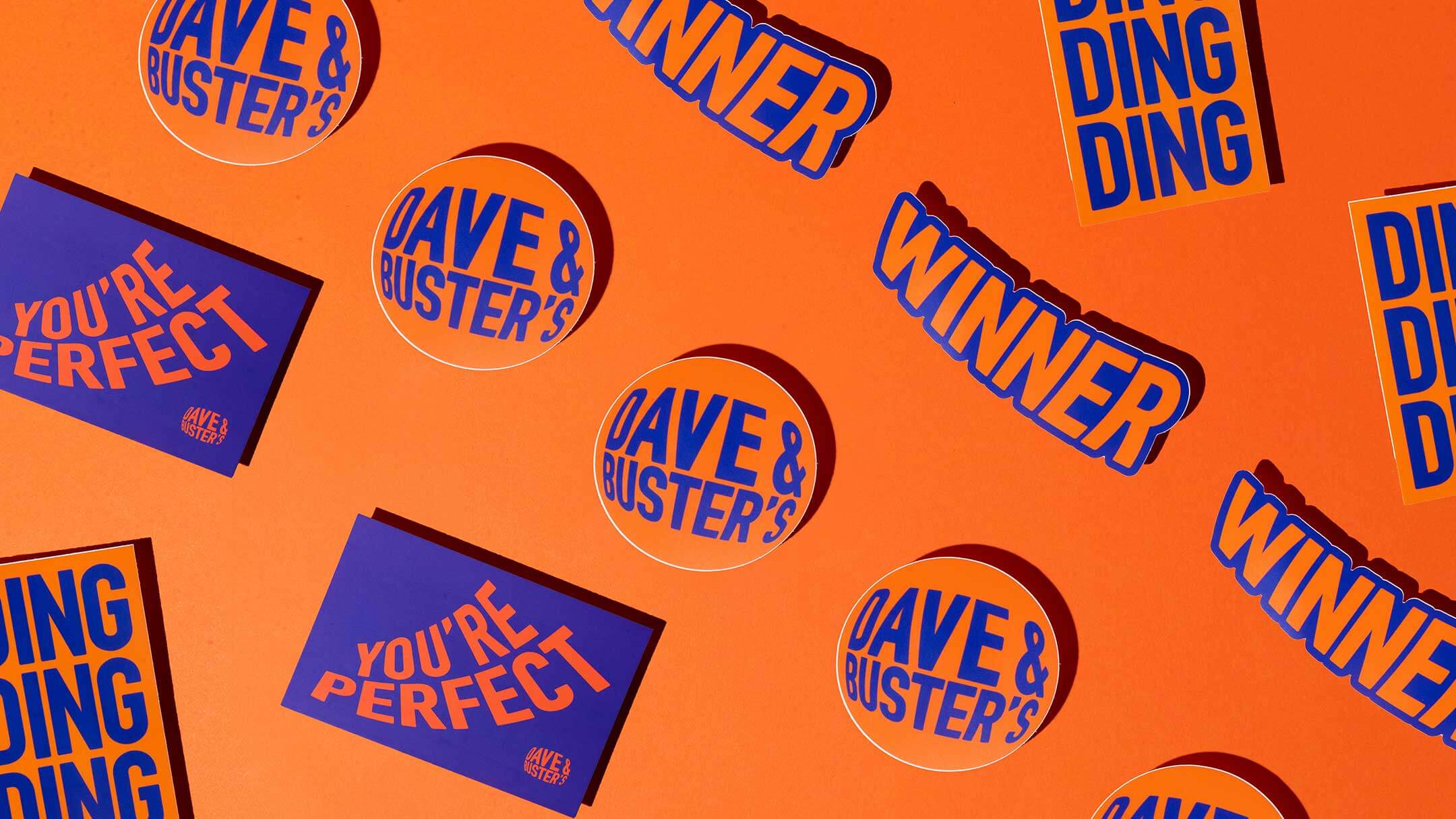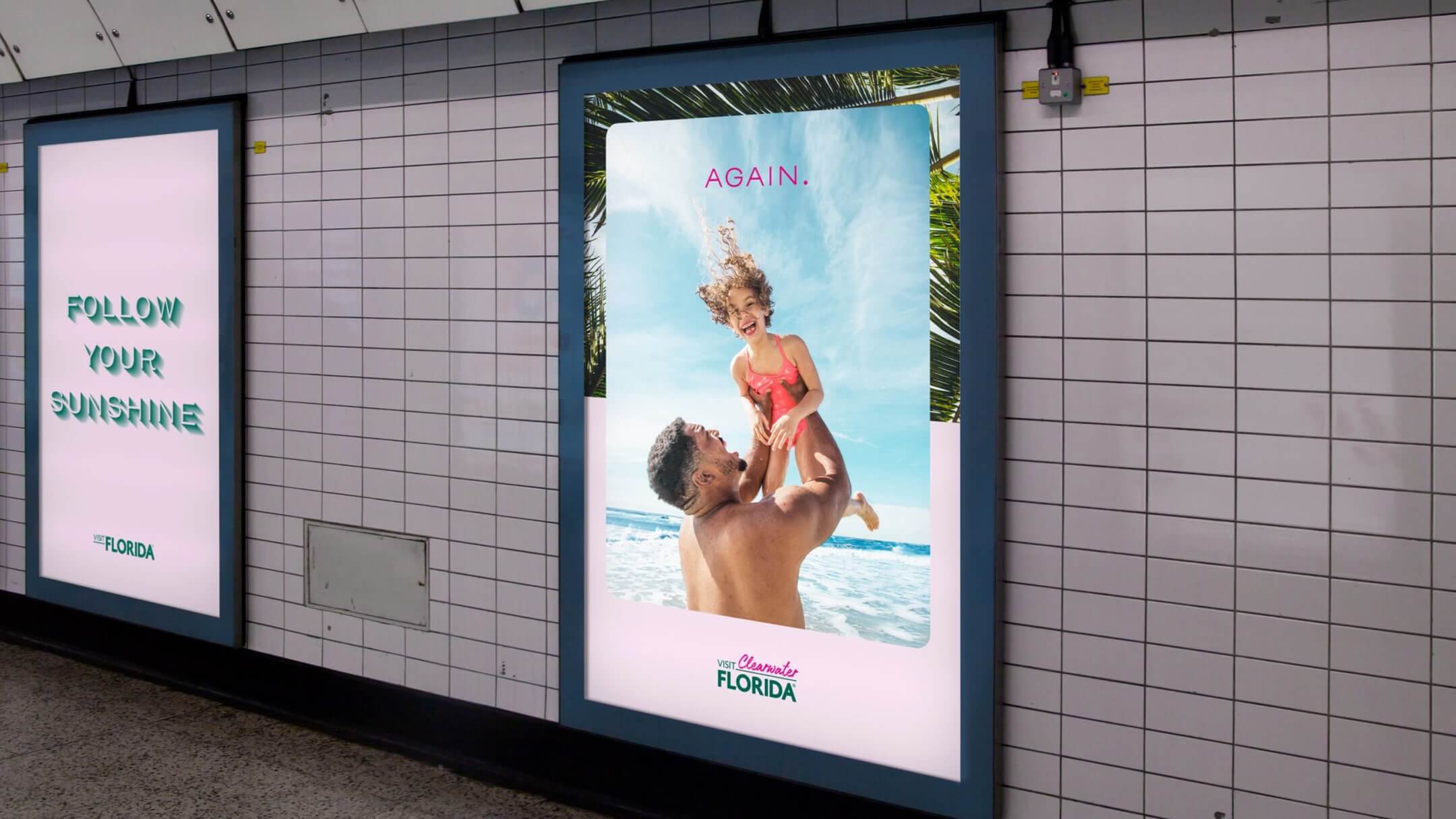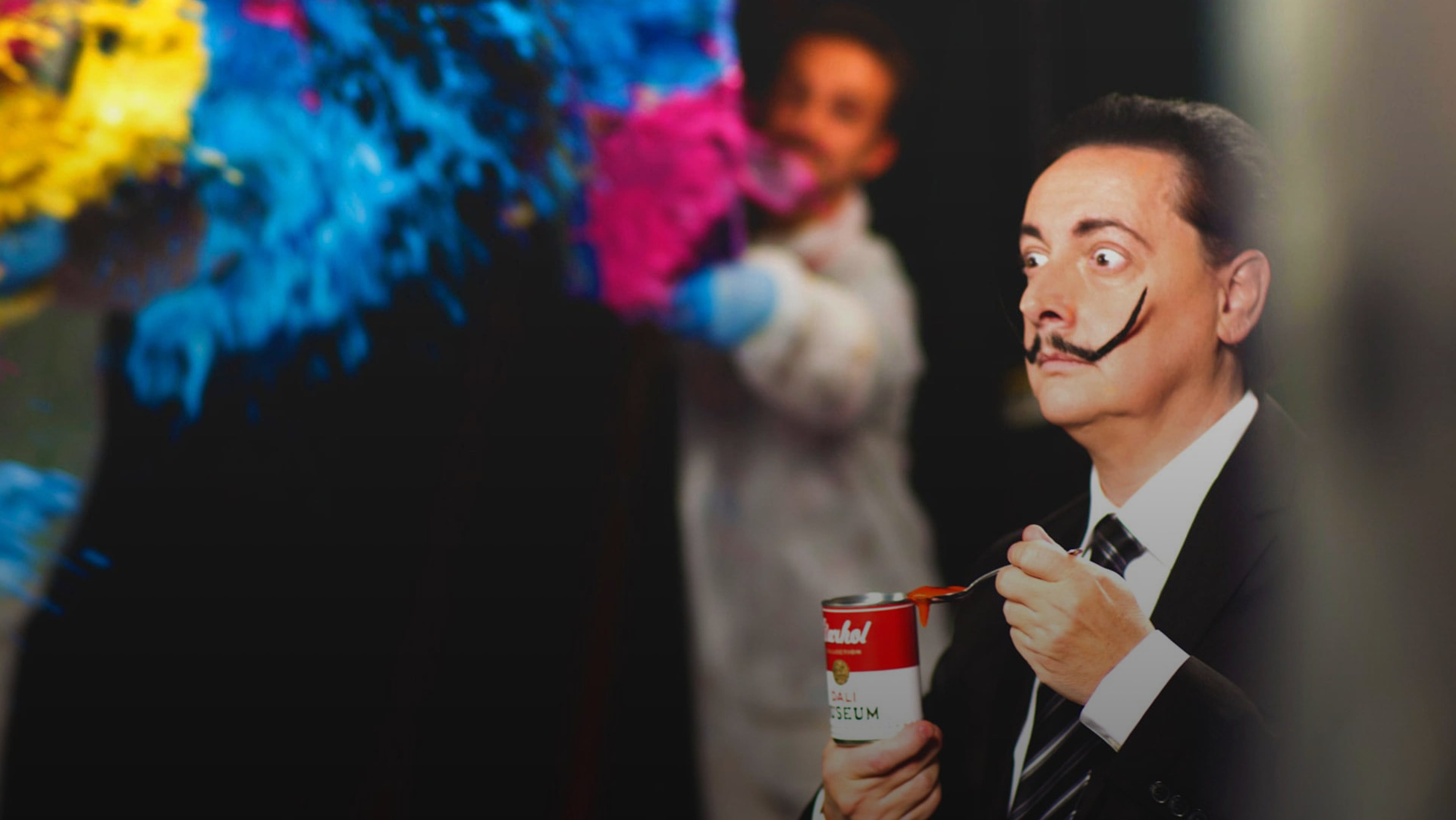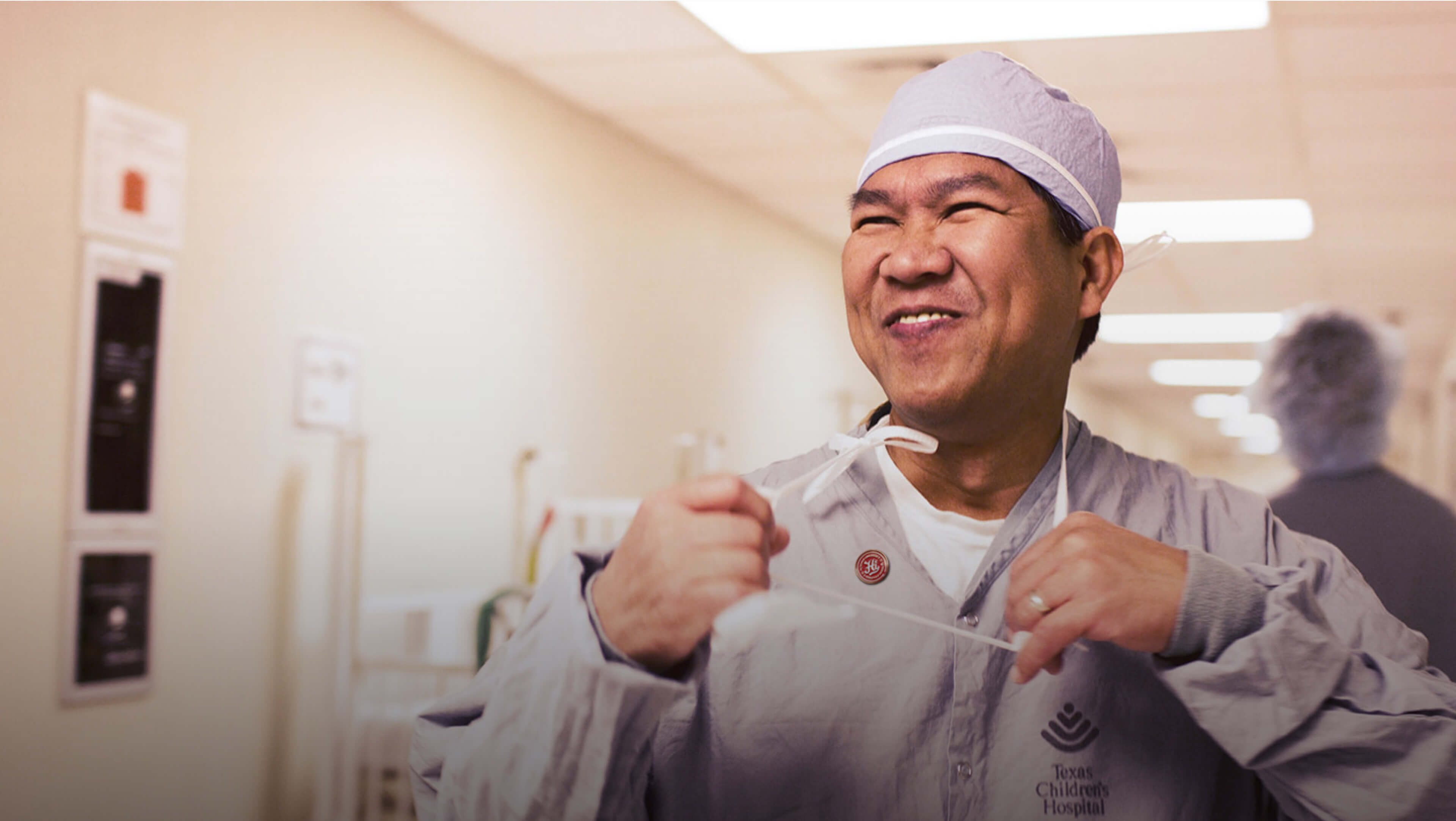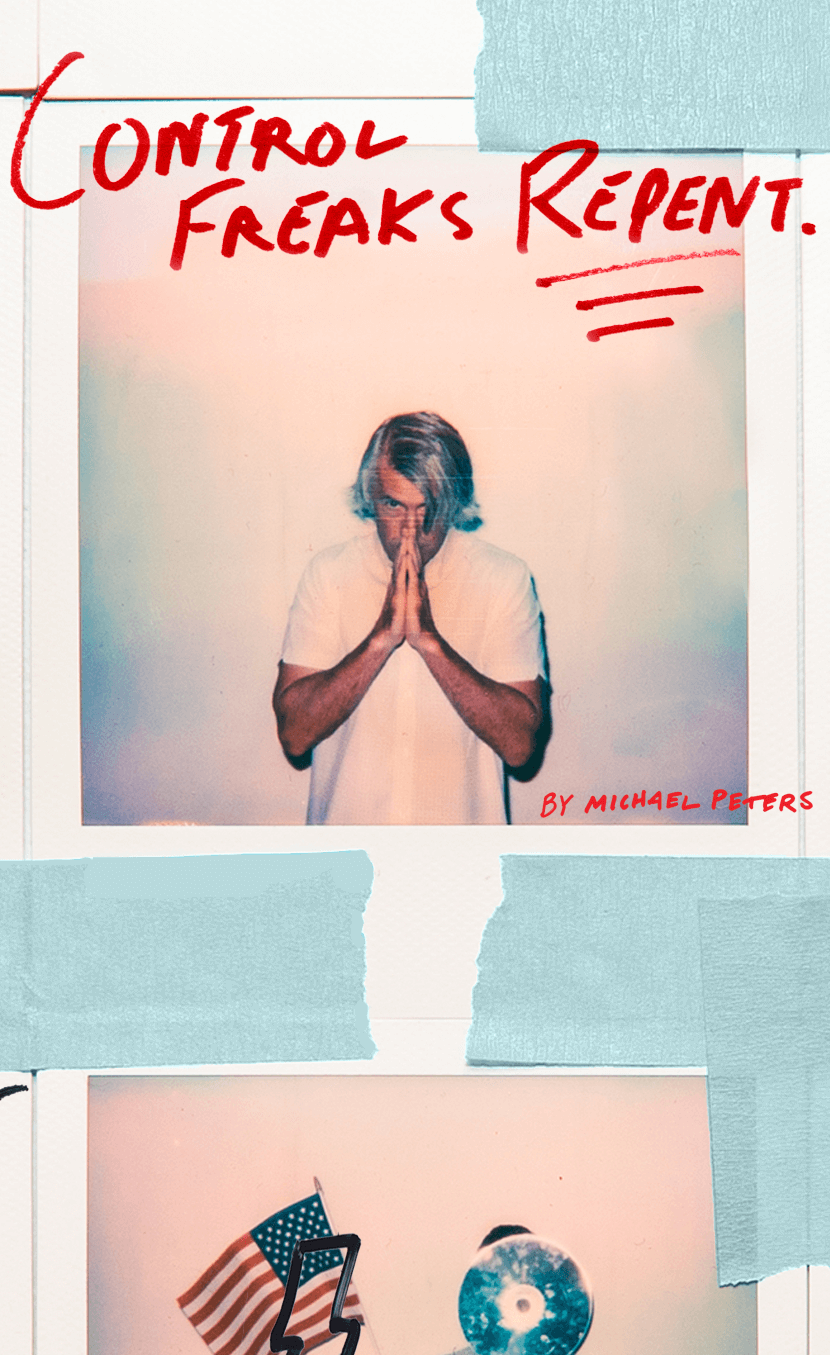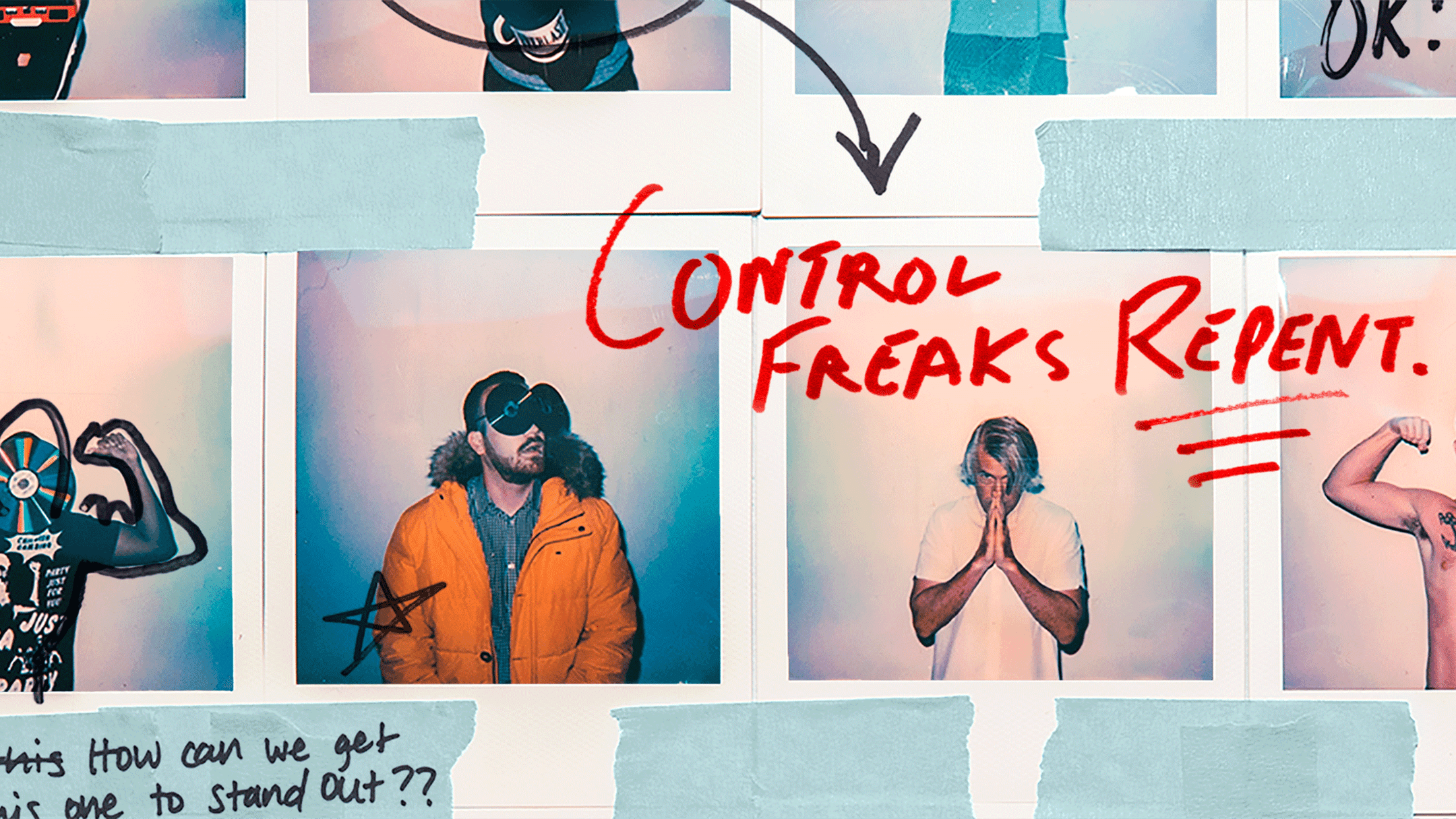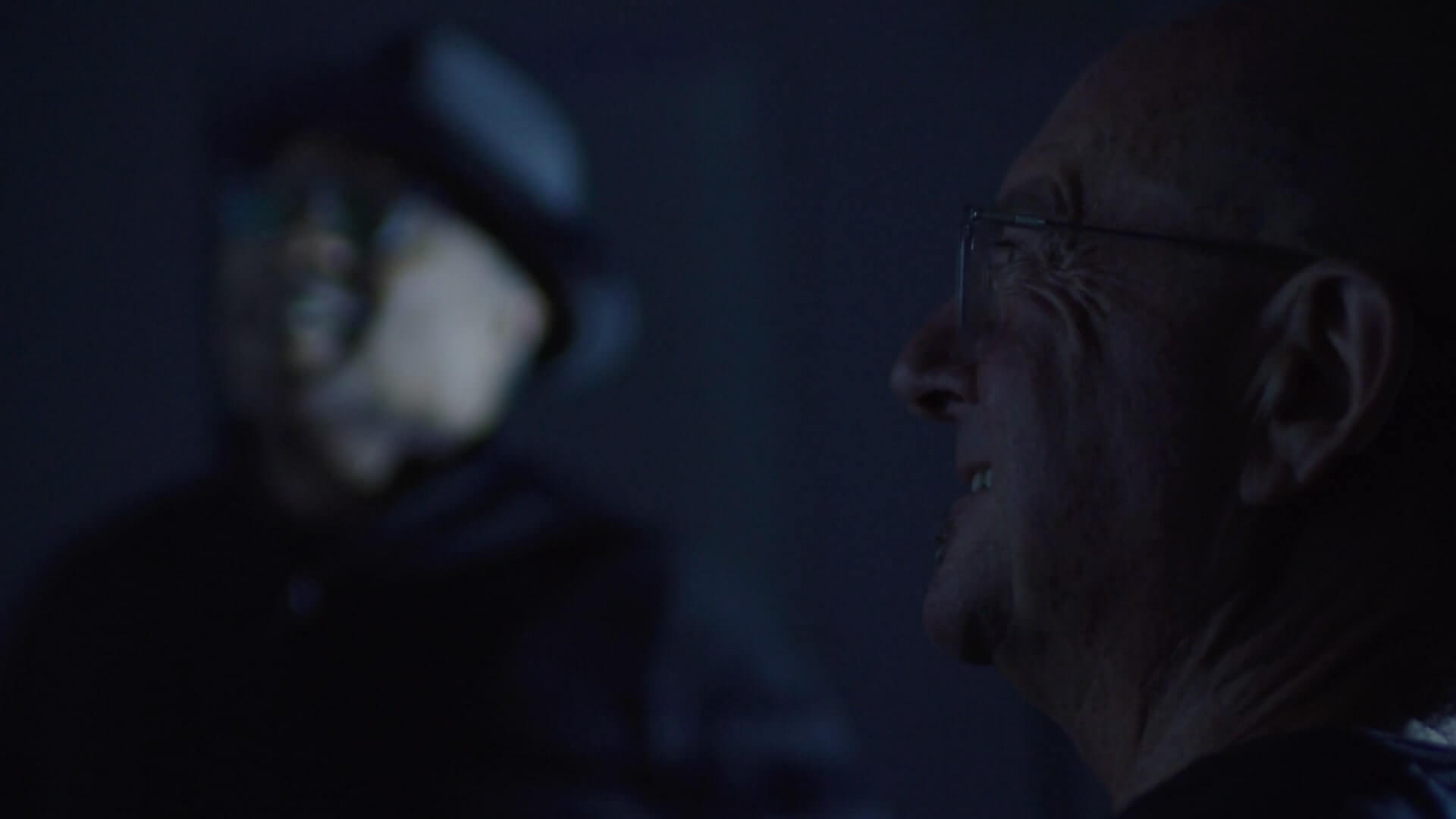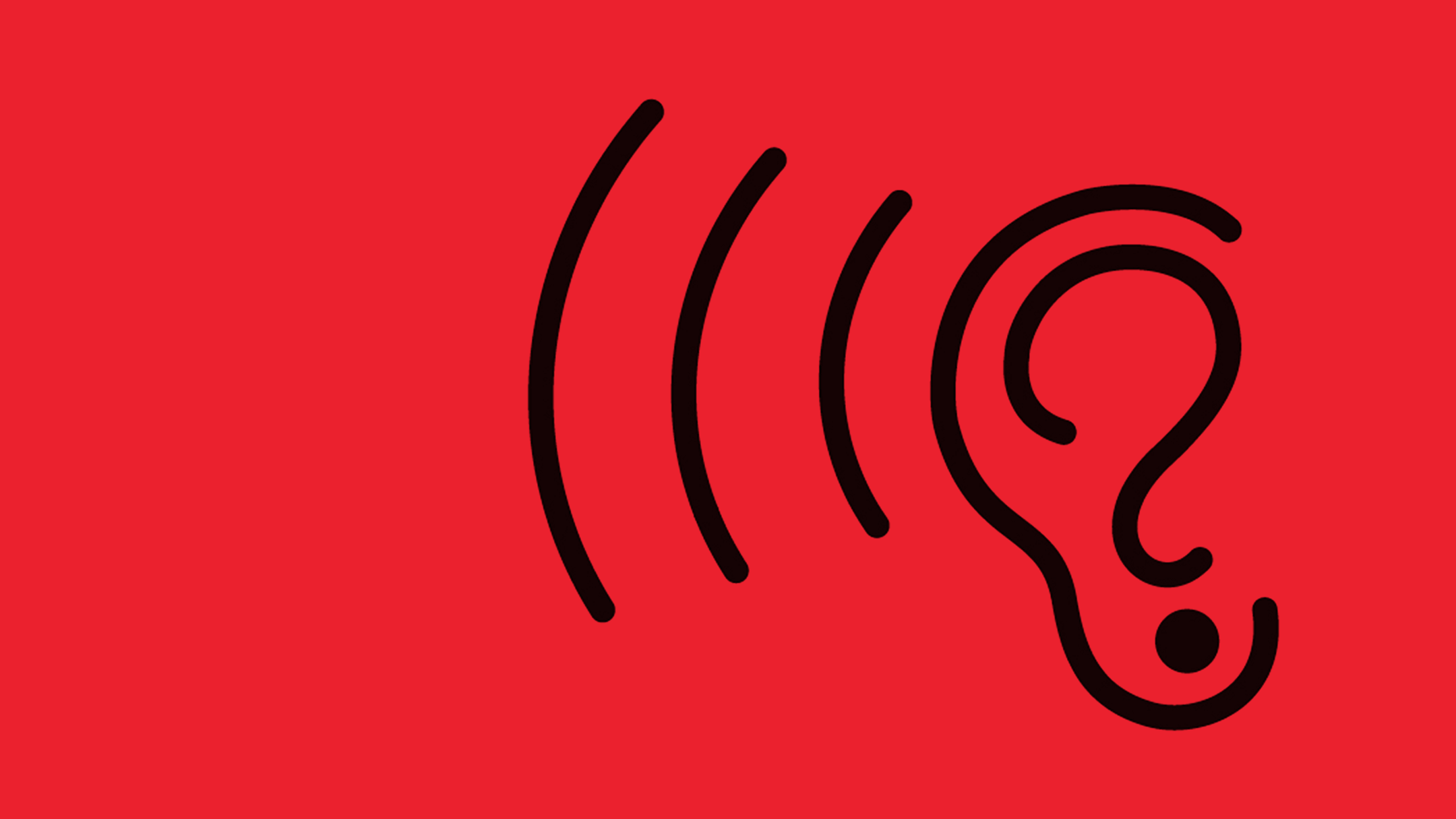We Are All Makers
More often than not, the creative team gets all of the credit for creating great work. Many awards don’t even have a spot in their applications to credit media or account teams. However, all agency teams, including their clients, play a part in making memorable and meaningful work. We create greatness or we don’t.
Just think about it. There are files upon files filled with amazing ideas that never got made. They didn’t die because of a bad agency. In fact, it’s my experience that most agencies don’t even run all that differently. The difference between a dusty file and an award shelf lies in two places: the roster of talent, and more importantly, the client agency relationship from start to finish.
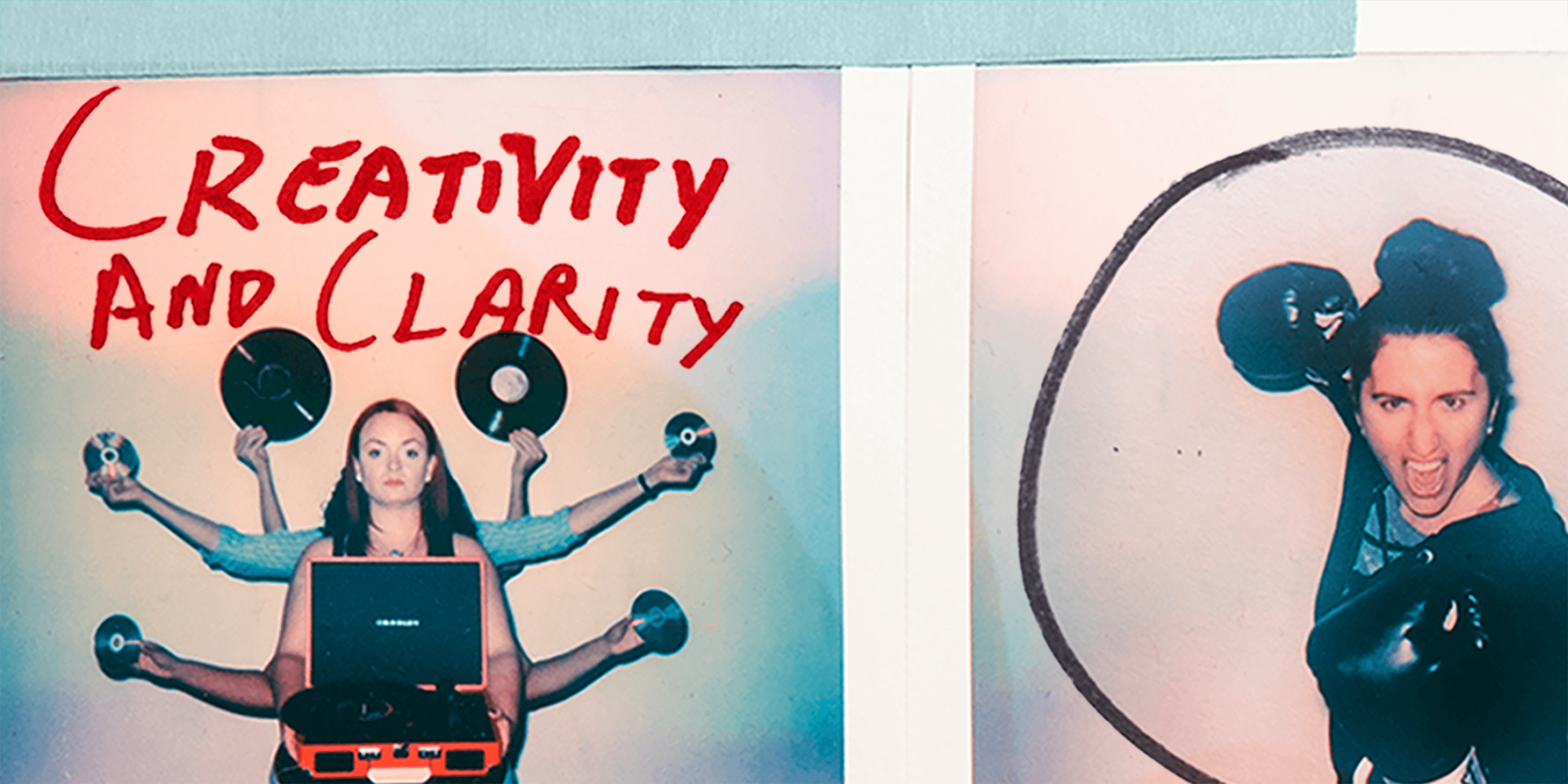
The Work Before the Work: Establishing Roles
We are all makers, but we need clear roles that play to our strengths. For example, using social media doesn’t mean you’re a social expert, having creativity doesn’t mean you’re a creative, and agencies will never know the ins and outs of a client’s business as well as the client does.
That’s why we believe clients should play the lead role of clarity and the agency should play the lead role of creativity. While both roles equally share the stage, the client has a bigger speaking role up front to guide expectations and the foundation for the work. As the work gets closer to the final execution, it’s time for the agency to take the lead. And this doesn’t mean that agencies can never guide and clients can never create.
The most important thing? At every phase, no matter who you are, you respond to inspire and not to control.
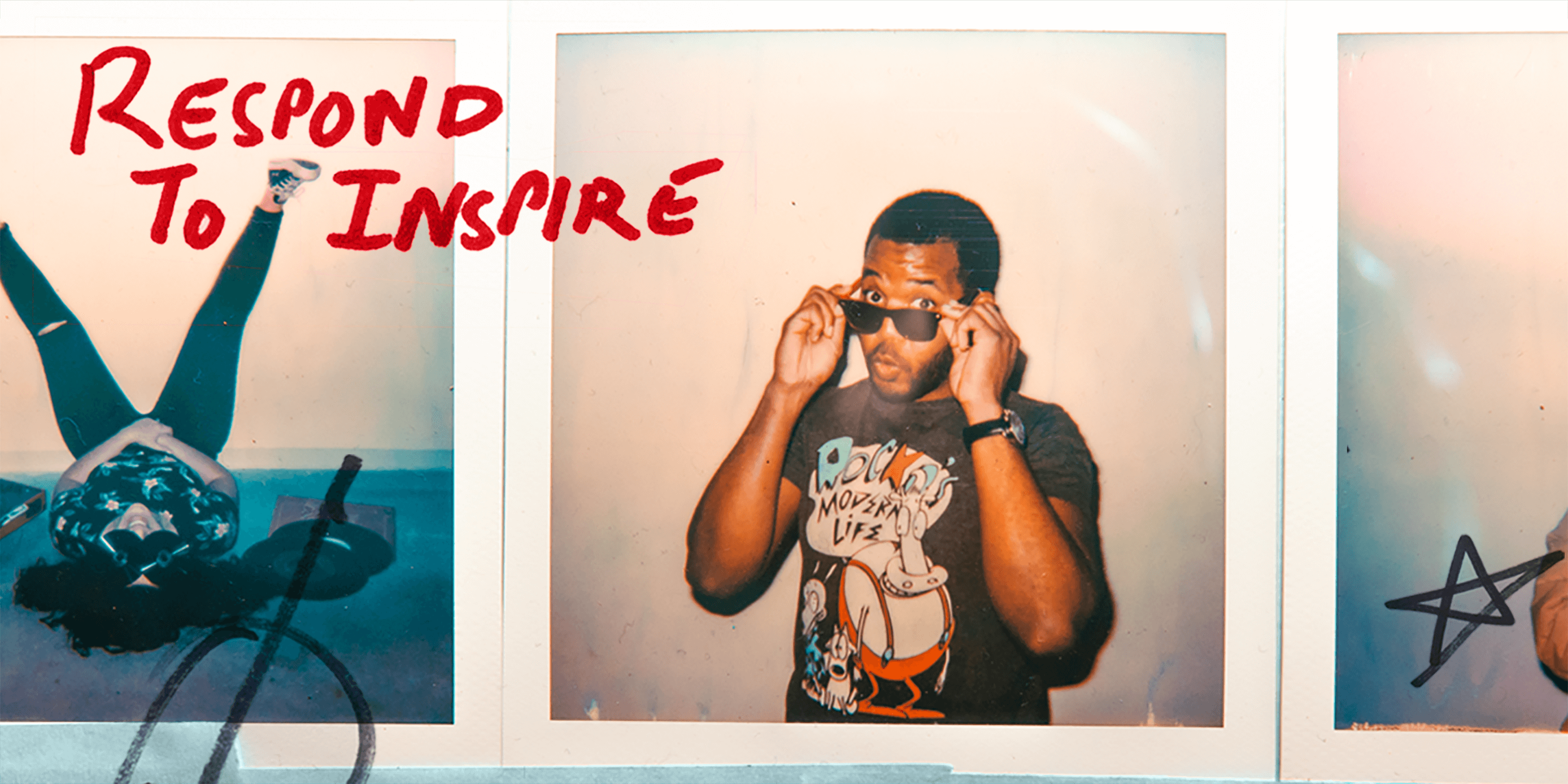
Idea Shaping: Respond to Inspire
Traditional agency client models can be powerful, but they can also breed control freaks. The concept of Idea Shaping vs Idea Presenting gives everyone a chance to be a part of the process, not run it. How? Let’s start at the birthplace of great work, the brief.
The art of making a good brief is often lost in the speed required to take a project to market. So instead of emailing back and forth, get everyone in the same room and shape one together. Interrogate the problem, break out of formats, and get down to what defines success and why you want your consumer to move one way or another. When this is sharpened as a group, it removes (almost) all surprises.
- Client: Establish clarity, share your problems, and leave room for your agency to feel inspired.
- Agency: Listen more than you talk, ask questions, and inspire your client to see the creative possibilities from the get go.
Next, the ‘ole client presentation model. This is where the agency comes in with option A, B, and C to sell the client. This model has created some great work, but it’s not built for today’s fast-paced collaboration needs and can create “sides” that slowly erode the client agency relationship.
- Client: Resist the urge to mix and match. Be honest about what you don’t like and why you don’t like it to create an environment of understanding. Respond to what you like and inspire more work just like it.
- Agency: Client doesn’t like something? Don’t get defensive. Encourage them to see it in a new way and be open to understanding when it still might not stick. Extra crazy idea: What if we ditched the presentation all together? What if we showed more initial ideas and asked for their ideas, not their decision and signature?
Cut to the final stages of production. This is some of the highest value in partnering with a creative agency, but where micro changes can kill everything from relationship to results. If the teams have been aligned and working together on a clear strategy with purpose, too many changes at the end shouldn’t happen. If they do, it means the teams drifted apart somewhere in the process.
- Client: Agencies labor under the stress of creating greatness and revisions without a clear understanding of what’s not working make them feel like they have been hijacked at the last minute. If something is off, be clear about why something isn’t working and use the brief as your compass to get everyone back on track.
- Agency: Clients will have valuable contributions in this stage and can make the work stronger. Stay open and respond to inspire with your solutions.
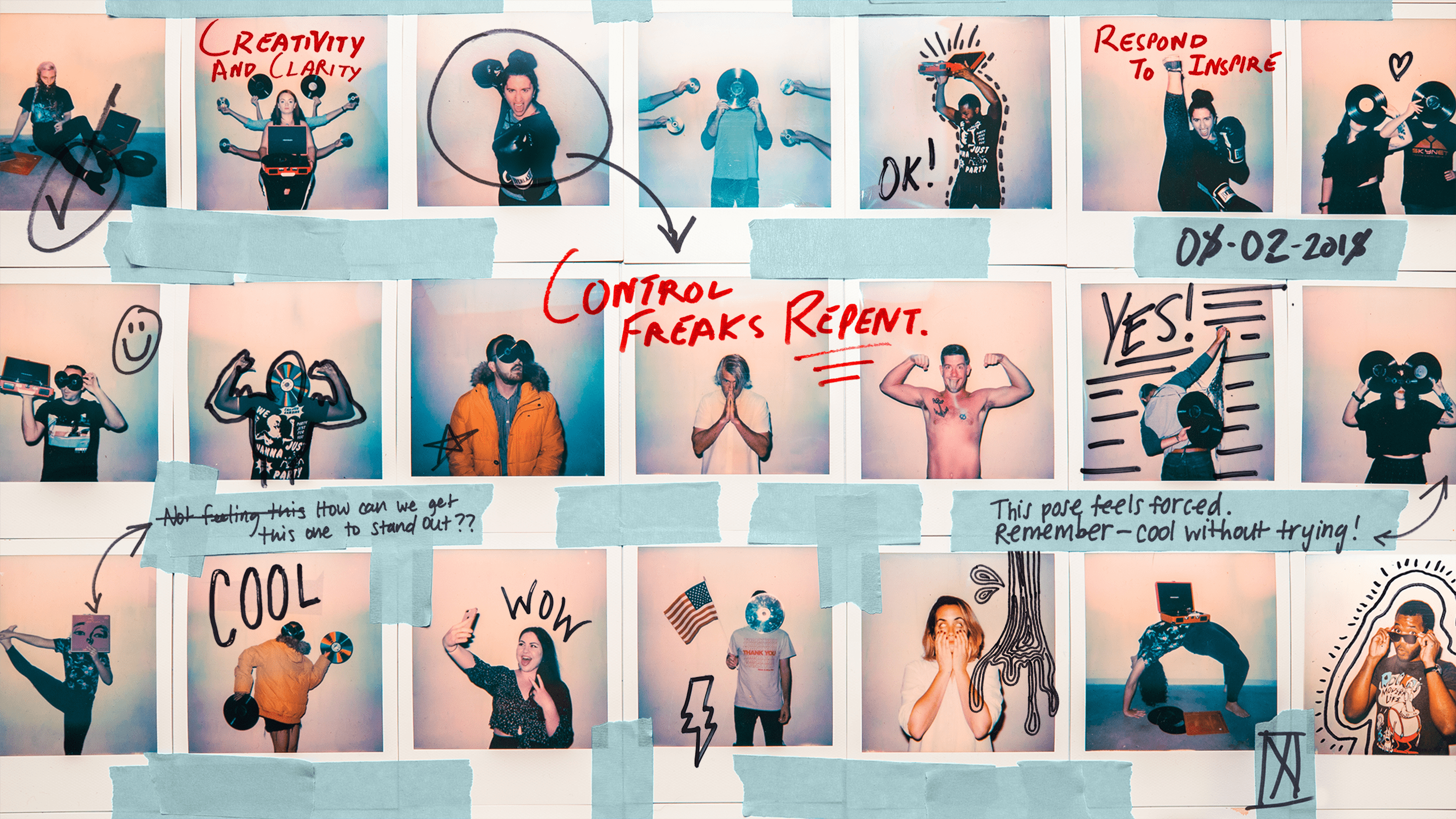
The Great Experiment
A good experience is contagious. One good project leads to another, and another, and suddenly your client agency relationship is on an award-winning roll. Let’s shape ideas together rather than present them and hope they live. Let’s give feedback in ways that inspire each other, not micromanage outcomes. Let’s all remember we’re on the same team working toward the same goal: to make great work. A

